Catherine the Great
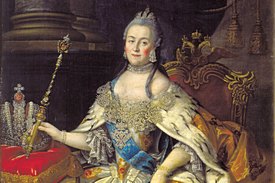
Born: Stettin, Pomerania, 21 April (2 May) 1729
Died: St. Petersburg, 6 (17) November 1796
Reigned: 1762-1796
Renowned as Catherine the Great, Empress of all the Russias, this remarkable woman was neither Russian nor originally named Catherine. Born Sophie Friederike Auguste from Anhalt-Zerbst, she was indeed a princess, but one that came from an obscure and impoverished German duchy. Fortunately, her mother enjoyed enviable royal connections, the effective exploitation of which resulted in a winter journey to St. Petersburg at the invitation of the childless Empress Elizabeth, who was actively seeking an appropriate bride for her designated heir, Peter. The year was 1744 and Sophie was fourteen years old. On 21 August 1745, when Sophie was sixteen and Peter seventeen, the two were married.
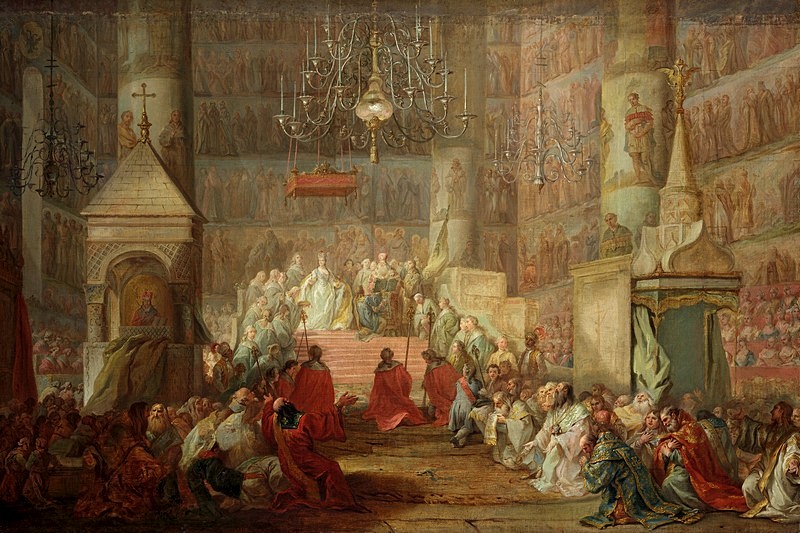
Like Sophie, Peter was German-born, but this was almost all that the new couple had in common. Peter, who was at the very least eccentric, loathed the country into which he had been imported as child heir, and remained a staunch supporter of all things Prussian, especially the Prussian military, which did nothing to ingratiate him to his new subjects. Sophie, on the other hand, came to Russia committed to doing whatever had to be done and to believing whatever was required to be believed in order to qualify for the crown. She learned the Russian language, converted to Orthodoxy, whereby she received the name Catherine, and with charm and determination carefully cultivated long-term relationships with the powerful and the well-connected. Thus, after the death of Elizabeth in 1762, a swift and bloodless palace coup was all it took to remove the hapless Peter from the throne upon which he had sat a mere six months and to replace him with the charismatic Catherine. And so, this German princess, with no Russian blood in her veins and no legal right to rule, became the sole occupant of the Empire's throne from which she governed for the next thirty-four years - longer than any of the country's other women sovereigns.
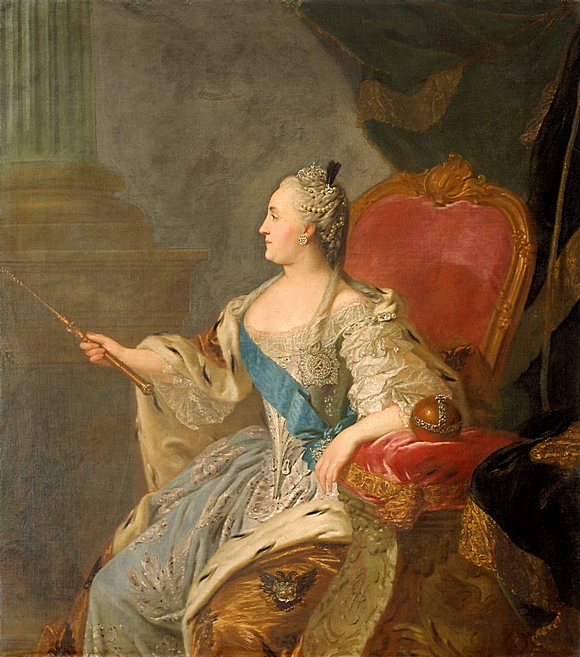
At the time of Catherine's accession, Russia was still regarded as a distant provincial wilderness by many Europeans. Catherine, who understood the power of image and symbol, sought to change this negative view by creating a powerful, modern, wealthy country ruled over by a sophisticated, enlightened autocrat (herself). She therefore purposefully became a patron of literature, science, the arts, and education - not only because she believed these fields to be important in and of themselves, but because she understood that success here would contribute to Russia's reputation as a center of civilization. She founded elementary schools, academies, libraries and other institutions of learning across the empire. Russian scholars and artists were sent abroad to learn from Western examples, and foreign scientists, architects, and artists were attracted to Petersburg in order to enrich the city's appearance and cultural life. The Empress herself laid the foundation stone for the Imperial Academy of Fine Arts in 1765: since its completion, this magnificent early neoclassical edifice crowned by a statue of Minerva has been the alma mater of a plethora of Russian painters, sculptors and architects.
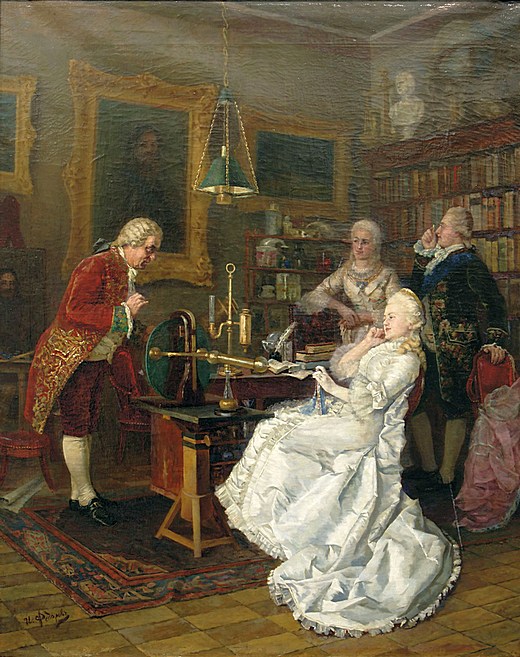
Catherine maintained voluminous correspondence with the French Enlightenment philosophers Voltaire and Diderot. When the former, who called her the "Star of the North", died, she wept, and then bought his book collection. And when the latter fell upon hard times, the Empress - who he said possessed the charm of Cleopatra and the soul of Caesar - purchased his personal library, generously leaving it in his possession until his death and paying him a salary as a librarian. Such renowned acquaintances increased Catherine's prestige and such important acquisitions expanded the Imperial library from a few hundred volumes to 38,000. Meanwhile Catherine further stunned Europe by spending vast sums of money purchasing masterpieces of art. Her outstanding collection, containing works by Raphael, Rubens, Rembrandt, and many others, was the largest in Europe and formed the basis for one of the world's most magnificent museums: the Hermitage. Catherine likewise maintained a court worthy of such magnificence - more than one of every ten rubles in the state budget was spent on court expenses. Not that the Empress did not enjoy an extravagant ball or an impressive diplomatic reception, but she also understood the symbolic significance that such grandeur conveyed to awed Western beholders.
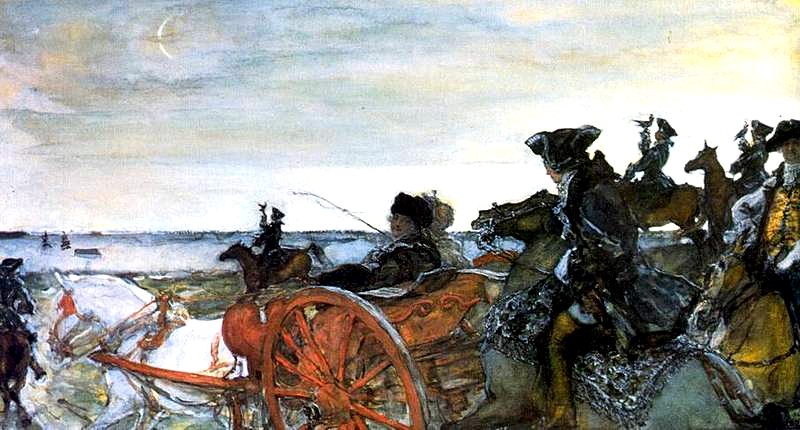
Catherine's foreign policy aimed at establishing the country's greatness and security. Two successful wars waged against the Ottoman Empire brought the Crimea under Russian control and with it the long-desired access to the Black Sea. She also participated in the tripartite division of Poland whereby Russia acquired Poland's eastern territory, bringing it into direct physical contact with the Western world. All told, Catherine's conquests added 200,000 square miles to Russian lands, her Empire extended from the Baltic to the Black Sea, and it was now indisputably recognized as a major power.
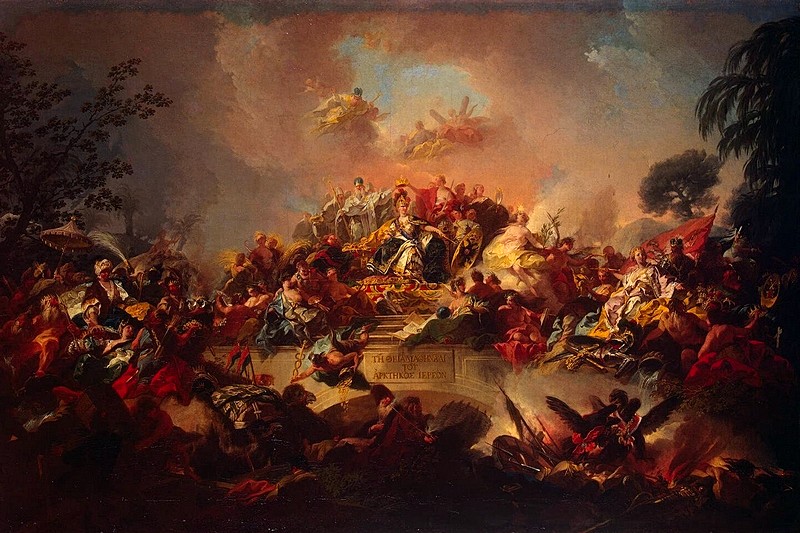
Much has been made of Catherine's romantic liaisons, and the facts here are far exceeded by legend, often unleashed posthumously by detractors (notoriously the French) with the purpose of denigrating her legacy. In actuality, Catherine had approximately twelve consecutive "favorites", the most famous of whom were Grigory Orlov, an instrumental member in the coup that had brought her to power, and Grigory Potemkin, a statesman, diplomat, and military leader who may have married her secretly. Catherine was known for the ample generosity she showed to her favorites and she was also deft at parting with them pleasantly, so that no one felt slighted.
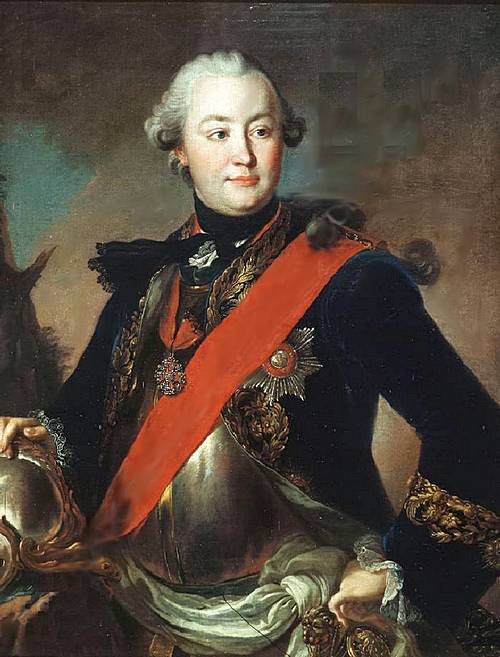
Catherine might well have achieved more had the infrastructure in Russia been better equipped for major societal transformations. In reality, she was attempting to transplant progressive Western ideas from the Age of Enlightenment into the vast expanses of Russia at a time when serfs comprised the majority of the population. In addition, the Russian nobility was generally conservative and wary of reforms, especially when it came to issues like freeing the serfs. Despite such impediments, Catherine nonetheless left the country stronger, wealthier and more beautiful than she had received it. She continued the westernization begun under Peter the Great, significantly expanded the empire's territory, and imported a wealth of literature and art. The French ambassador to Russia in the 1780s wrote: "The court of Catherine was the meeting place of all European monarchs and celebrities of her age. Before her reign, Petersburg, built in the realm of cold and ice, went almost unnoticed and seemed to be somewhere in Asia. During her reign Russia became a European power. St. Petersburg occupied an important place among the capitals of the educated world and the Russian throne was raised as high as the most powerful and significant thrones."
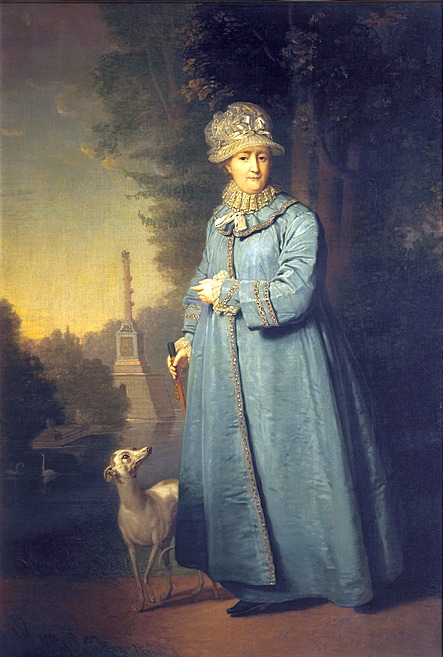
Catherine died of a stroke in November 1796 at the age of sixty-seven, the oldest of any Romanov monarch. She is buried in the Cathedral of the Peter and Paul Fortress.

